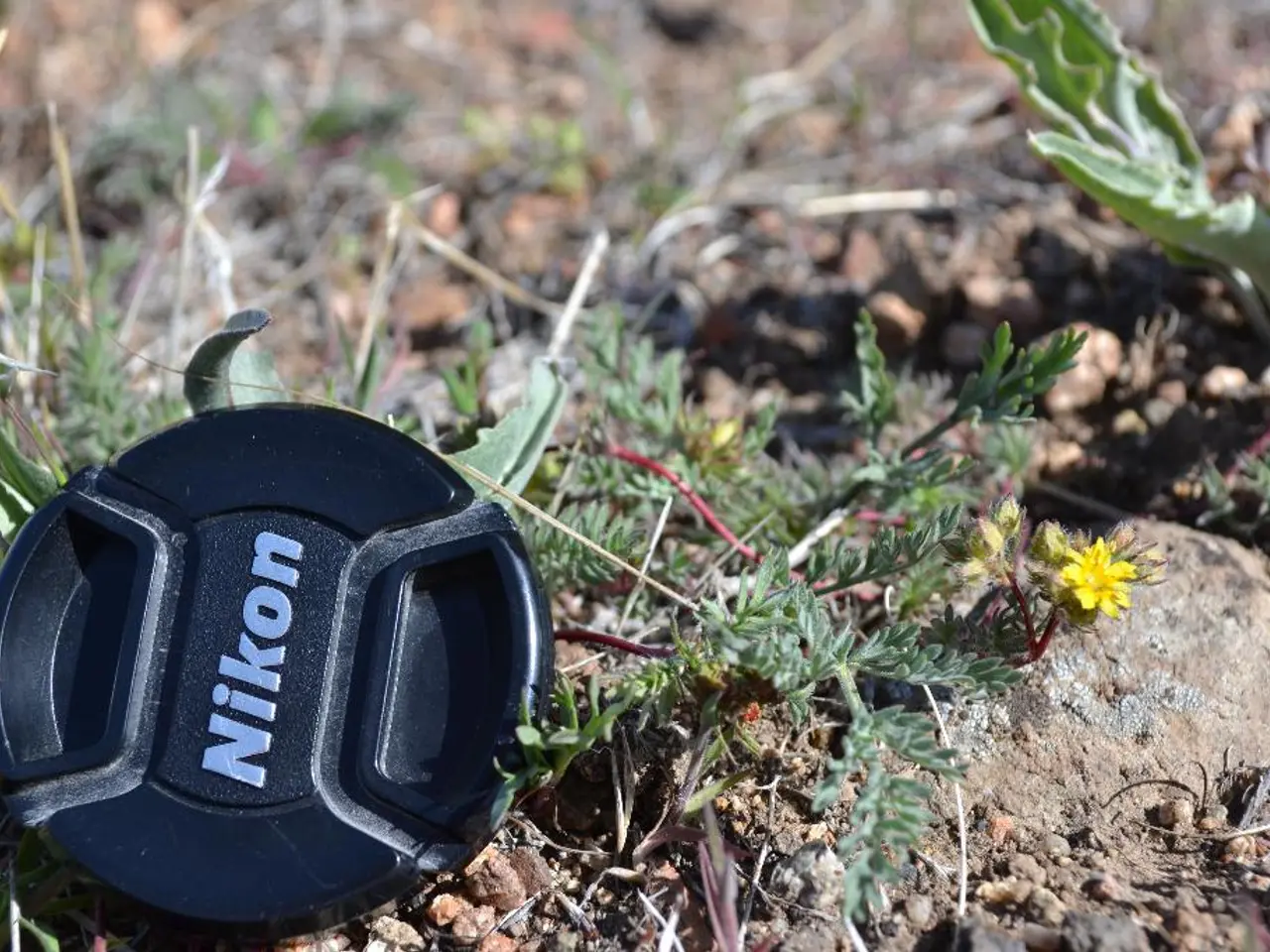Picking Between Real and Synthetic Turf: A Guide
In the ongoing debate between natural grass and artificial turf, each option presents unique advantages and disadvantages across various aspects. From aesthetics to investment, health and safety, maintenance, and environmental impact, the choice between the two depends on individual preferences, usage, and values.
Natural grass, with its seasonal colour shifts and natural texture, offers a lush, soothing, and inviting environment. It's the perfect choice for those who appreciate the authenticity of nature and are willing to invest time in regular maintenance. However, natural grass requires regular watering, mowing, fertilising, and care, which can lead to higher ongoing costs.
On the other hand, artificial grass provides a consistent green appearance all year round, with uniform colour and texture that mimics natural grass well, especially for residential use. The higher upfront installation cost is offset by lower maintenance costs, as it requires no watering or mowing, just occasional brushing and rinsing. This makes it an attractive option for those seeking a low-maintenance, water-saving solution.
Health and safety is another factor to consider. Natural grass, through transpiration, stays cool, providing a soft and springy feel underfoot. Artificial grass can be cushioned by infill, making it safer for clumsy individuals. However, sports turf may be stiffer and more abrasive.
Environmental impact is another crucial consideration. Natural grass contributes positively by absorbing CO2, releasing oxygen, supporting soil life and biodiversity, and filtering air and water naturally. However, artificial grass, made from synthetic fibres and plastics, may involve environmental costs in manufacturing and disposal. Good quality turf aims for minimal harm, and the use of recycled materials can reduce its environmental impact.
Choosing between natural grass and artificial turf depends on individual priorities. For those who value a natural look and are willing to invest time in maintenance, natural grass may be the preferred choice. On the other hand, for those seeking a low-maintenance, water-saving solution with a consistent appearance, artificial grass could be the better option.
It's important to note that both options have their pros and cons, and the decision should be based on individual needs, usage, and values. For instance, artificial grass may reduce potential injuries for clumsy individuals, while a thriving natural lawn acts as a natural air filter, absorbs pollutants, and provides an environmental oasis for insects and birds.
In conclusion, while natural grass excels in natural environmental benefits and authentic seasonal aesthetics, it demands significant maintenance and more water. Artificial grass offers consistent appearance, low upkeep, and water savings with strong durability, but the upfront investment is higher, and environmental impacts depend on product quality and lifecycle practices. The choice between them depends on the priorities for look, use, budget, maintenance willingness, and environmental values.
Home-and-garden enthusiasts might appreciate the authenticity of a lush, natural lawn and its seasonal color shifts, however, this lifestyle choice requires regular maintenance and higher ongoing costs. As an alternative, those seeking a low-maintenance home-and-garden solution could opt for artificial grass, which offers a consistent green appearance all year round and requires less maintenance.



